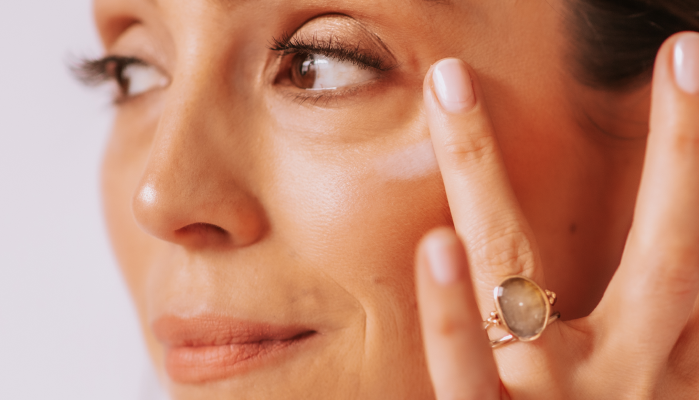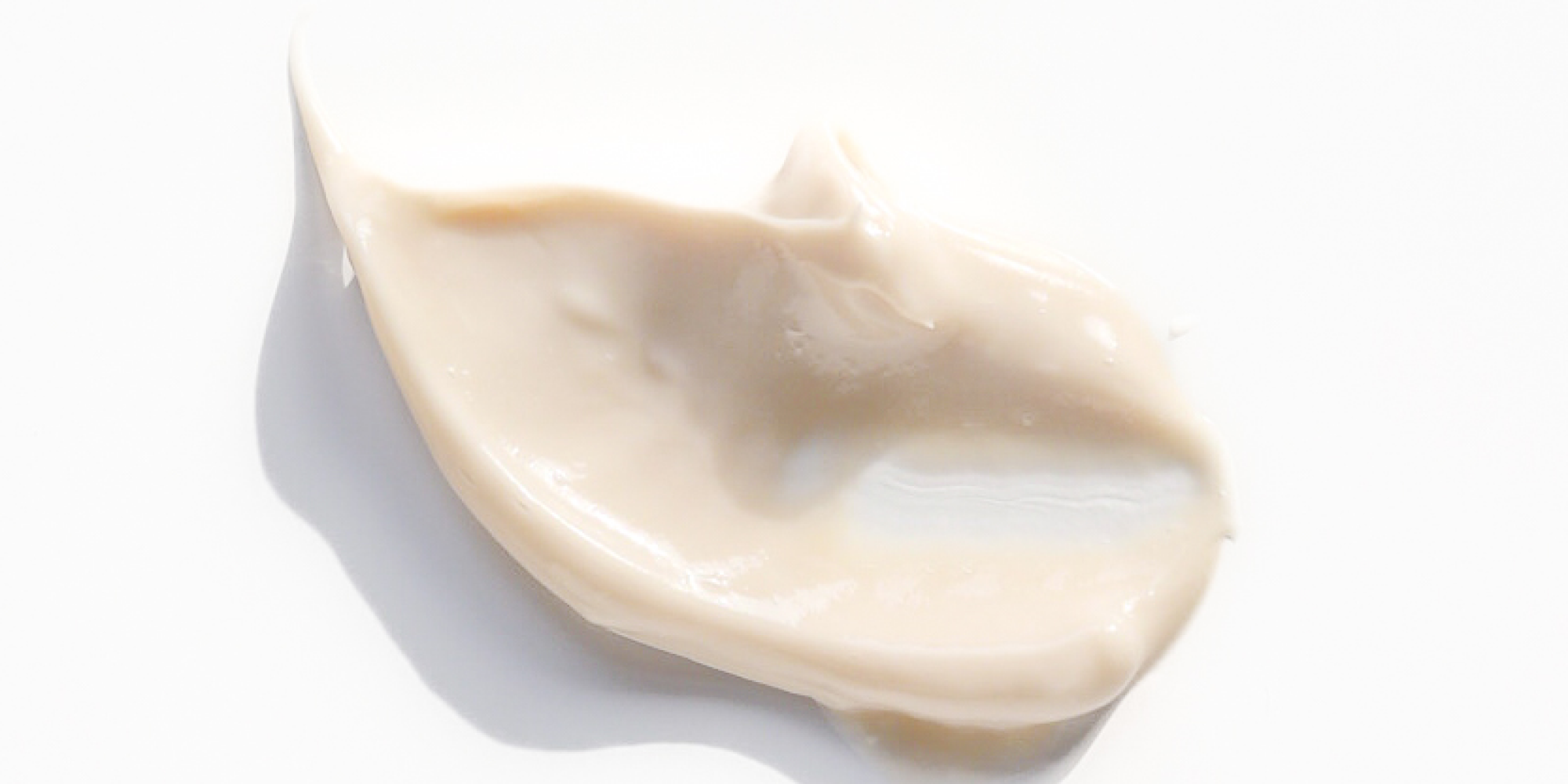
What is a Clean Product?
The goal of skincare products today is to get results, and we are making products to reach the deeper layers of the skin so they can be the most effective in treating the skin and achieving those results. Therefore, if you’re using active ingredients, you want to make sure that what you’re putting on is going to be clean and without any harmful impact on your health or the environment.

Here are the most common ingredients of concern and the reasons why:
- Parabens are a chemical preservative and antimicrobial shown to mimic estrogen in the body. Evidence has linked parabens to reproductive organ harm, thyroid disruption, and hormone-related cancers.
- Phenoxyethanol and chlorphenesin are commonly used synthetic preservatives reported to cause contact dermatitis and irritation. Easily absorbed into the skin, these compounds can lead to neurotoxic effects and are restricted in children’s products in the European Union.
- Formaldehyde releasing preservatives(DMDM Hydantoin, diazolidinyl urea, imidazolidinyl urea) are the most notorious preservatives used in history and are recognized globally as a known carcinogenic that can also cause nosebleeds, itchy eyes, and sore throat. These were recognized in 2015 by the American Contact Dermatitis Society as Contact Allergen of the Year. As reported in a journal article on the website Science Direct, formaldehyde has been linked to genetic mutations.
- Sulphates (SLS, SLES, ALS) are detergents responsible for the lather in cleansers, soaps, and shampoos. These compounds strip hair and the skin’s natural acid mantle, which is a fine film that acts as a barrier to contaminants. Sulphates are known skin, eye, and respiratory irritants along with being toxic to aquatic life. The Environmental Protection Agency (EPA) lists sulphates as a known carcinogenic.
- Polyethylene glycols (or “PEGs”) are petroleum compounds that cause system toxicity and are known to be carcinogenic. PEGs are widely used in cosmetics as thickeners and softeners. They also function as an absorption enhancer which allows both good and bad ingredients to be absorbed more quickly into deeper parts of skin. If used on broken or damaged skin, it can cause irritation and system toxicity.
- Ethoxylated compounds can be contaminated with ethylene oxide, a known carcinogen, as well as neurotoxin and 1,4-dioxane, which are suspected carcinogens according to the International Agency for Research on Cancer
- Alcohols such as methanol, isopropyl alcohol, propanol, benzyl alcohol, and SD alcohol can cause irritation, inflammation, and free-radical damage. They are also very drying and disrupt the skin barrier.
- Hydroquinone is a common skin lightening ingredient that is linked to cancer, decreased immune response, and abnormal function of the adrenal glands. The European Union as well as Japan and Australia have banned this ingredient.
- Propylene glycol, pentylene glycol, and butylene glycol are petroleum-derived skin conditioning agents that also enhance absorption. They are associated with allergic contact dermatitis and skin irritation according to the EWG.
- Mineral oil and paraffin both contain refined petroleum, which is a widely used moisturizing agent found in creams and lip balms and is a raw material for synthesizing countless other ingredients in the cosmetics industry. Not only is petroleum not environmentally sustainable, but the World Health Organization deems it a carcinogenic. A 2011 publication in NCBI PubMed listed mineral oil to be the greatest contaminant of the human body.
- Silicones are used to impart a smooth, silky feeling to cosmetics and hair- care products. They are made using extensive chemical processing, are not biodegradable, and cause harm to the environment and marine life.
- Talc, which is used in face powders and eye shadows, is typically not purified and can be contaminated with asbestos, a known carcinogenic. In Dec. 2018, Reuters published an investigation that found baby powder products by Johnson & Johnson linked to cases of ovarian cancer and mesothelioma.
- Metallic aluminum salts and powders are found in antiperspirants as well as lipsticks, eyeshadows, and powders and are linked to system toxicity.
- Toluene is found in hair dye and nail products. It leads to developmental and reproductive toxicity, organ systems toxicity, and irritation.
- BHA/BHT are used in the preservation of cosmetic formulas and in foods. According to an article published by the EWG, it is a potential endocrine disruptor and carcinogenic. Additionally, Under the Convention for the Protection of the Marine Environment of the North-East Atlantic, BHA is listed as a chemical of potential concern because of its toxicity to aquatic organisms and potential to bioaccumulate.
- Synthetic dyes and colorants are often made from a variety of synthetic chemicals. A single dye can be made up of dozens of different chemicals, making it extremely difficult to know exactly what you’re exposing your body to. Many colorants are made from coal tar and derived from petroleum, and some can contain heavy metal salts, including lead. These are known human carcinogens, can be toxic to the brain, and are considered extremely toxic to aquatic wildlife.
- Synthetic fragrances or perfumes often contain toxic chemicals and irritants that can trigger allergies and asthma. Phthalates are another common ingredient and are known endocrine disruptors linked to reproductive harm.
- Synthetic sunscreens often contain Oxybenzone, Benzophenone-1, Benzophenone-8, OD-PABA, 4-Methylbenzylidene camphor, 3-Benzylidene camphor, nano-Titanium dioxide and/ornano-Zinc oxide. According to the National Centers for Coastal Ocean Science, these synthetic ingredients have been shown to damage coral reefs and aquatic life when they enter our waterways through swimming or showering.

Our spa, Complexions Spa for Beauty and Wellness, is Gold Level LEED-certified and registered with the US Green Building Council. We believe in the importance of being an eco-friendly facility, and we stand by that vision by having clean products that are going to be good for you holistically. As a result, we have created our own line of skincare products called Dubois Beauty for guests of the spa. We maintain strict requirements to provide effective, clinical products that achieve results using clean formulations.
The decision to use products that include these chemicals is really up to you. While they may help keep the products safe from bacteria or make them smell and feel luxurious, many of these chemicals can also irritate and harm your skin and your health. You should become aware of these ingredients and carefully read the labels. Use products with ingredients that are right for you, your health, and your skin’s condition.





